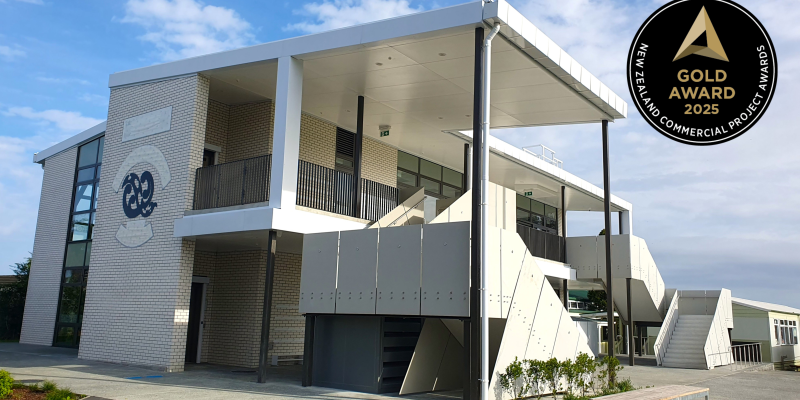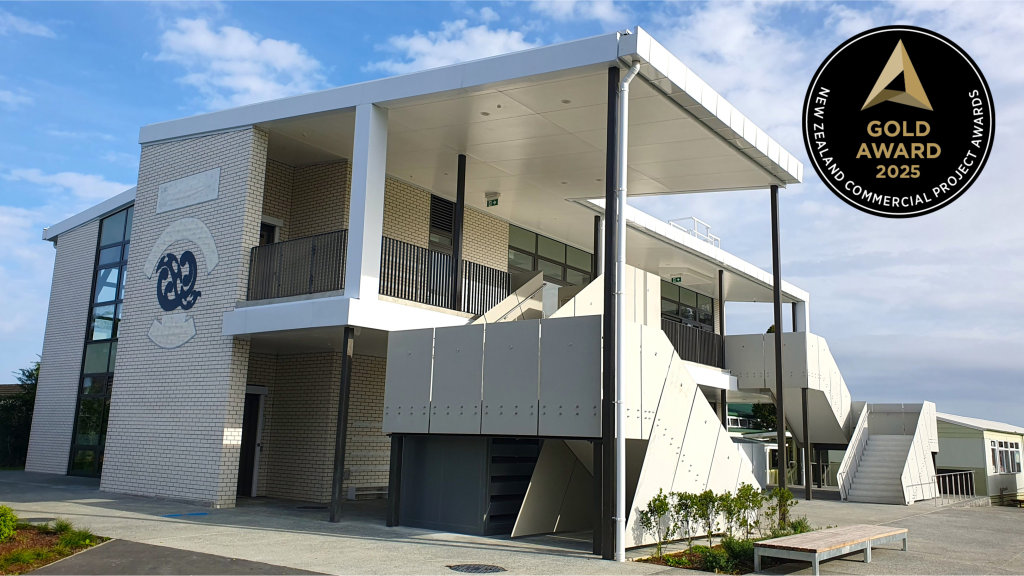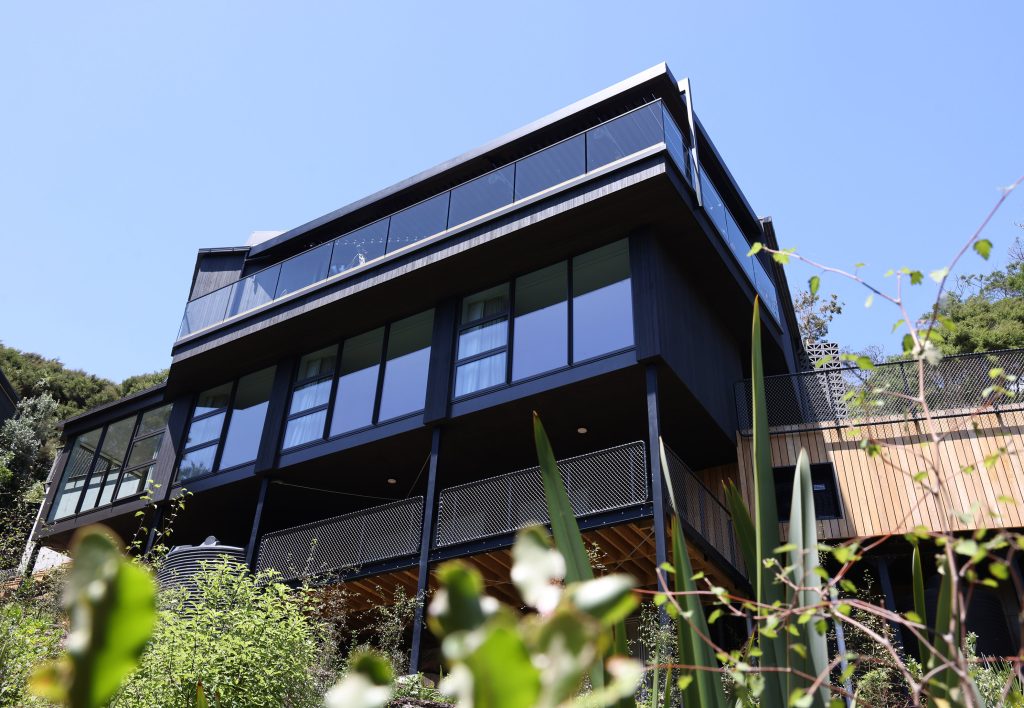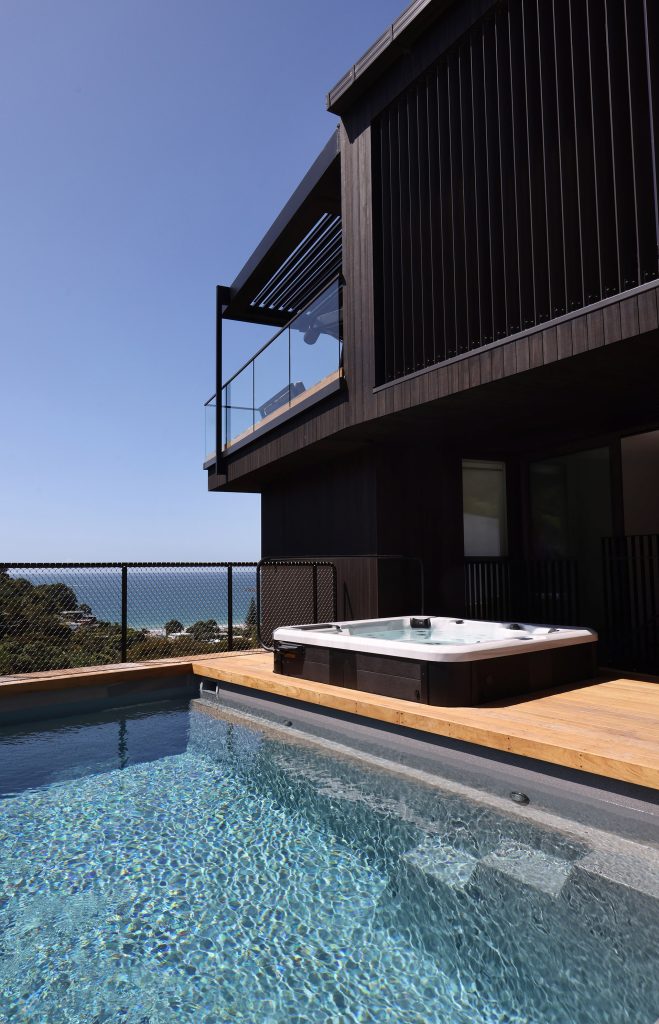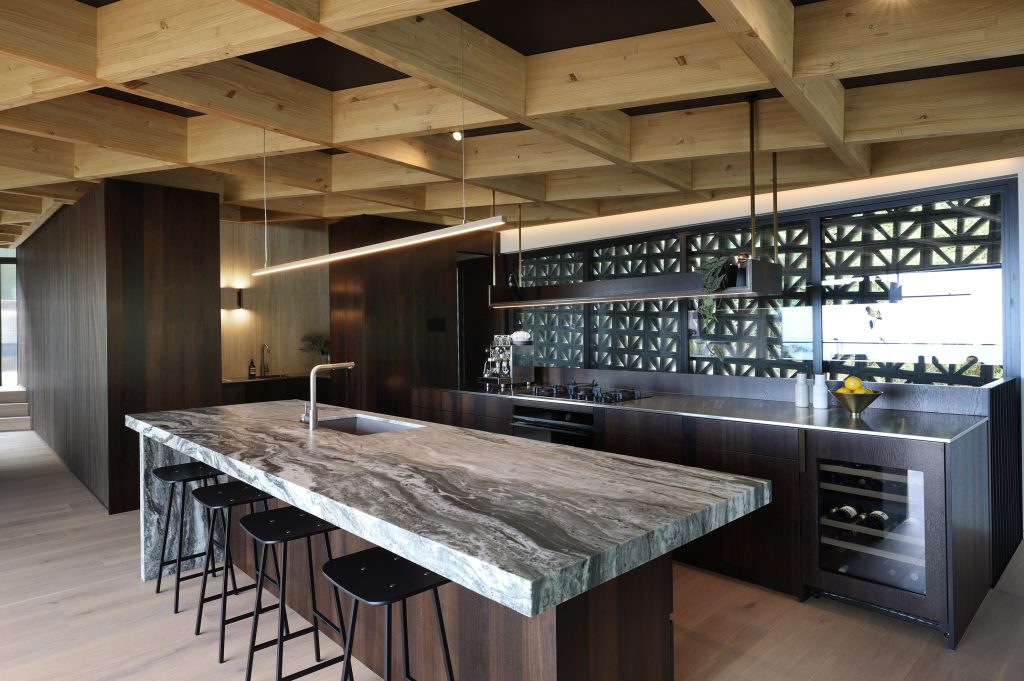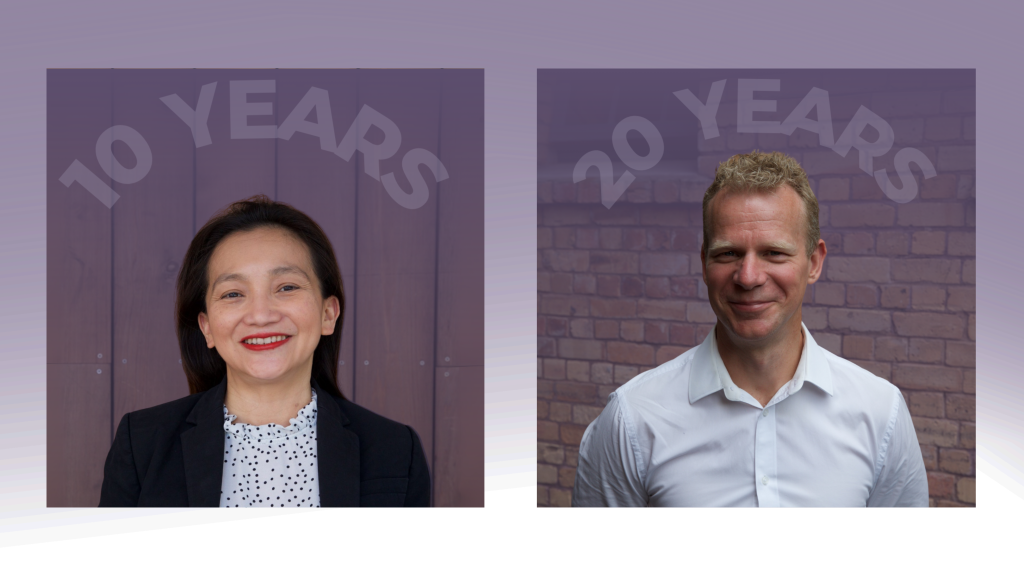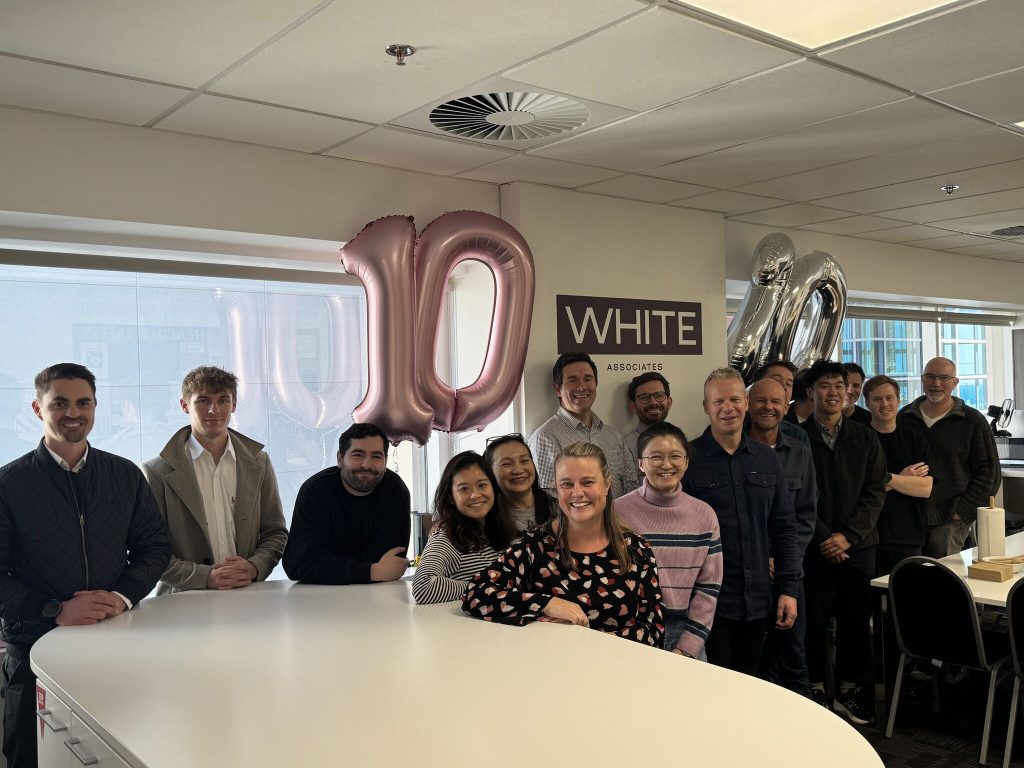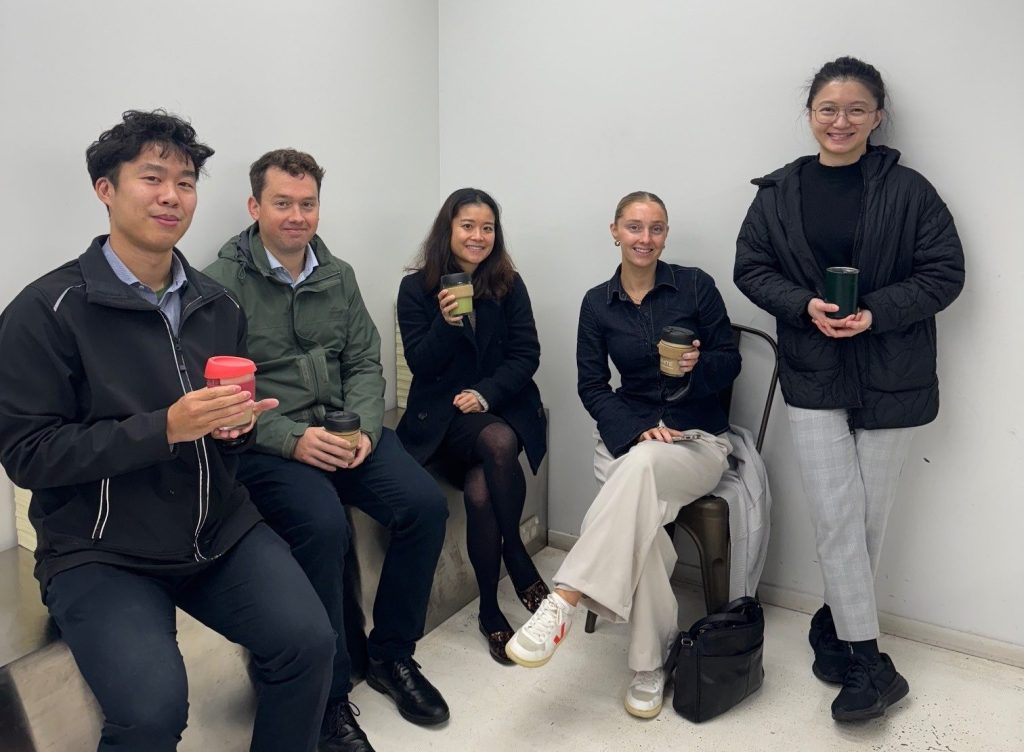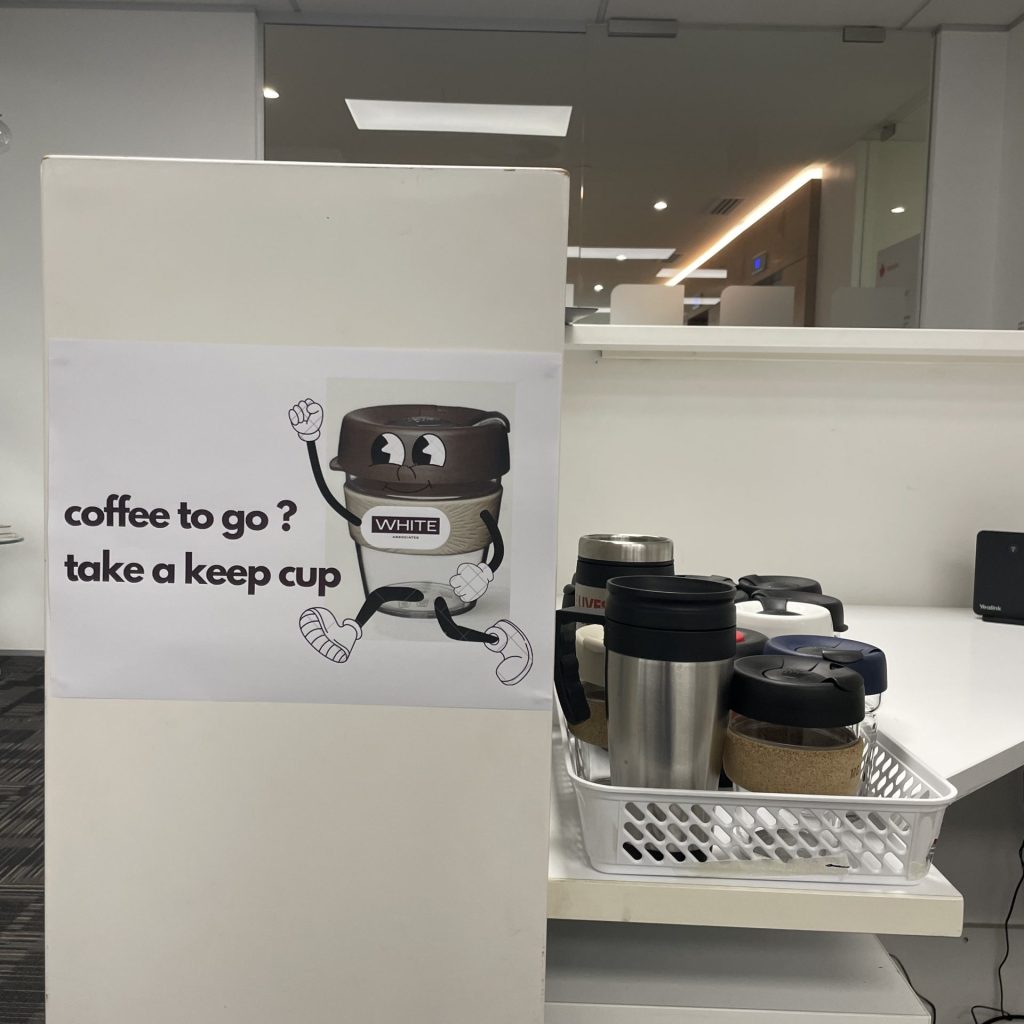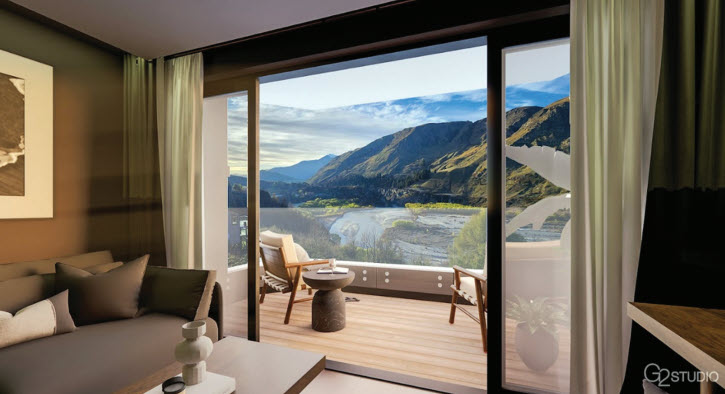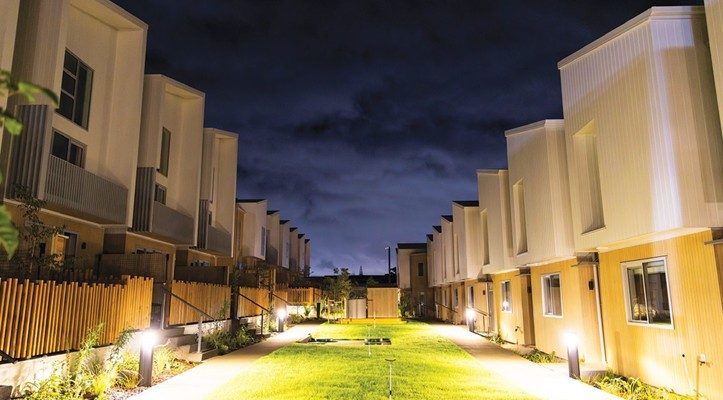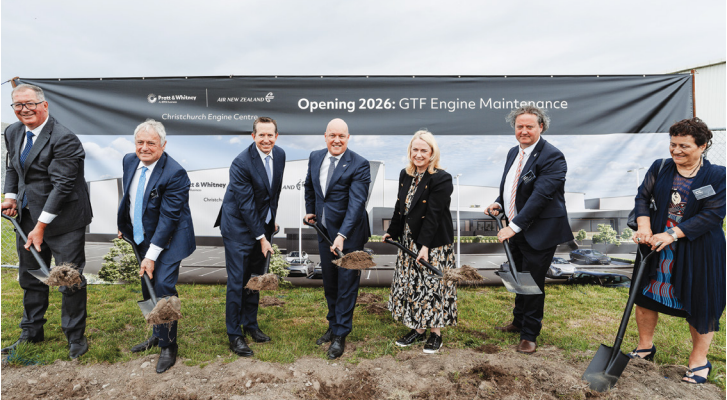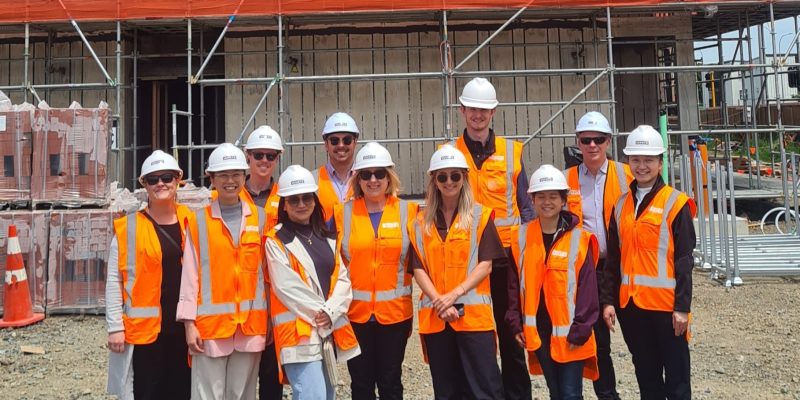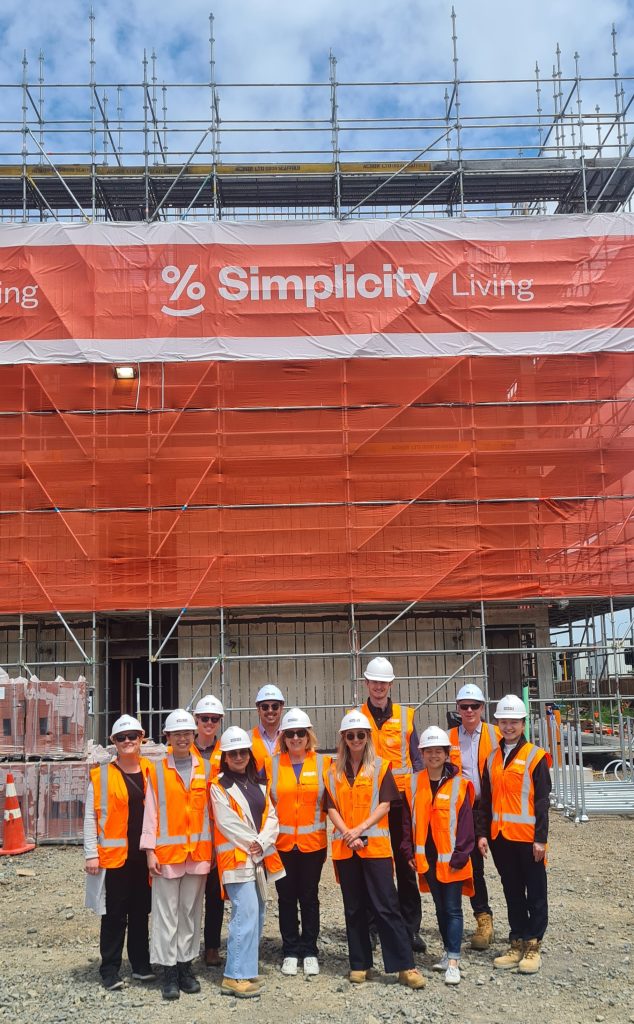We’re looking for a full time Senior Quantity Surveyor to join our Auckland team – someone who thrives in client-facing environments and brings deep expertise in estimating, cost planning, and project delivery. See below for more details.
White Associates is a leading construction cost consultancy firm in New Zealand, known for delivering value, clarity, and confidence across commercial, residential, and infrastructure projects.
Send your CV and cover letter to careers@whiteassociates.co.nz or apply via LinkedIn.
Recruiters: Please note we are not engaging agency support for this role and do not accept unsolicited resumes. Any CVs sent via agencies will be disregarded, and candidates may approach us directly. This helps us manage recruitment in a way that best suits our team and process.
What You’ll Do:
- Lead cost planning and estimating across pre-contract phases
- Provide strategic advice and commercial insights to clients
- Manage client relationships with professionalism and confidence
- Collaborate with internal teams and external stakeholders to deliver successful project outcomes
- Contribute to the growth and mentoring of junior team members
What You’ll Bring:
- Proven experience in a Senior QS role, ideally within a PQS or consultancy environment
- Strong technical capability in cost planning, estimating, and tender analysis
- Excellent communication skills and a genuine desire to engage with clients at a strategic level
- Ability to work independently and take ownership of projects
- New Zealand construction experience is strongly preferred
- NZIQS or MRICS membership (or working towards it) preferred
Why Join Us?
- Be part of a team that values integrity, collaboration, and continuous improvement
- Work on high-profile projects with experienced professionals
- Enjoy a supportive and inclusive workplace culture
- Competitive salary and clear career progression pathways



